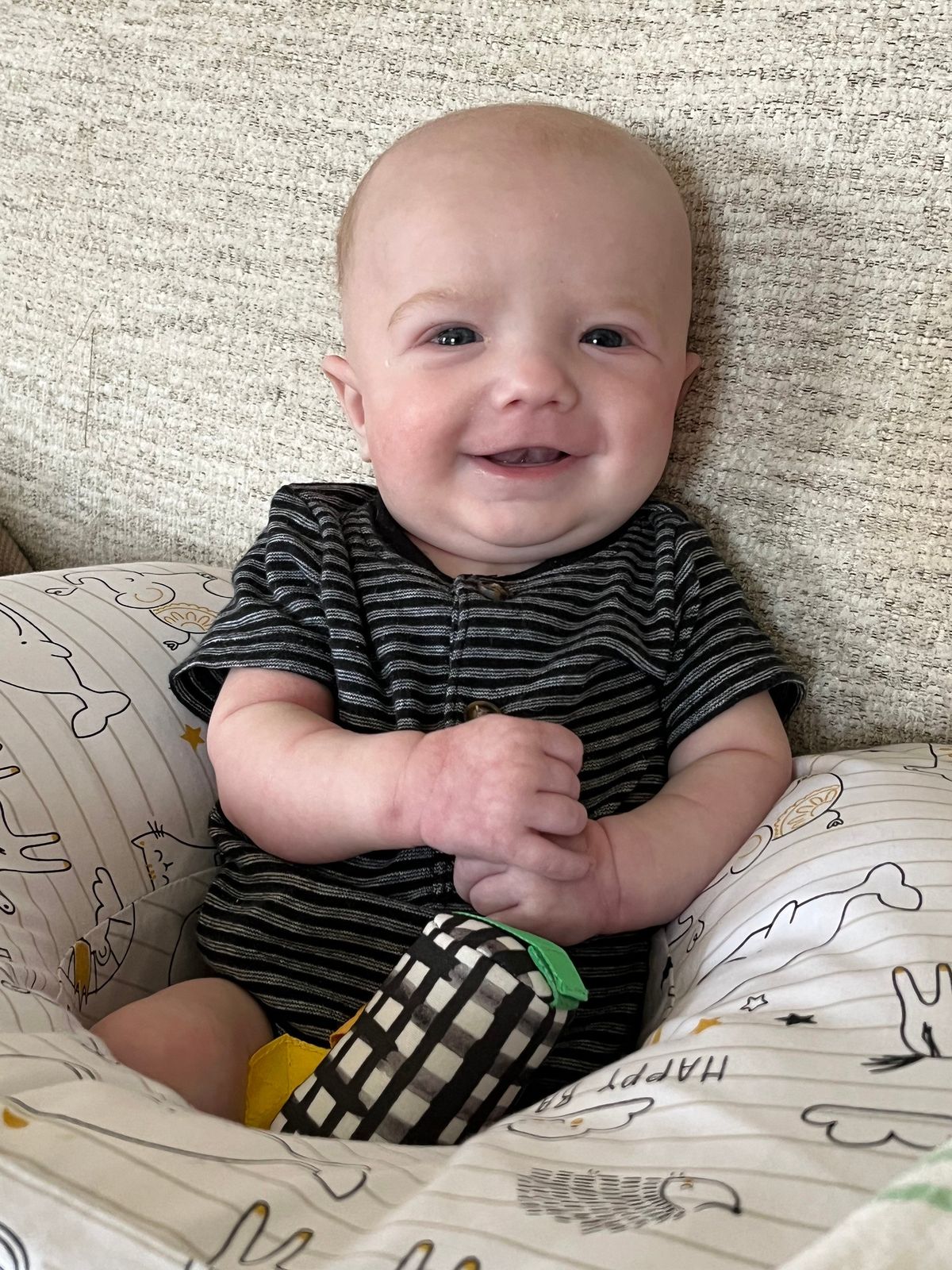A year ago, a baby got a partial heart transplant. How it turned out

In 2022, Duke Health surgeons made history when they successfully performed the world’s first partial heart transplant on a newborn.
Doctors thought the groundbreaking, eight-hour surgery – which fused living arteries and valves from a donor’s heart to a newborn’s heart – could create a new field of cardiac surgery that spared young patients from numerous risky procedures later in their lives.
But the surgery’s initial success came with a big caveat: Doctors didn’t know how the transplant would hold up over time.
A study published recently in the Journal of the American Medical Association, found that the transplanted arteries and valves were growing along with the patient’s heart, as hoped.
“This publication is proof that this technology works, this idea works, and can be used to help other children,” said Dr. Joseph Turek, Duke’s chief of pediatric cardiac surgery, who led the surgery.
Since the first partial heart transplant surgery on Owen Monroe, a North Carolinian newborn, the procedure has been performed 13 times at four centers around the world, including nine at Duke.
A new option emerges
Until recently, newborns with severe heart valve problems had two options.
The first was to replace the entire heart, which could require waiting up to six months for a donor organ. Many newborns with heart troubles could die while waiting.
The second option was to use tissue from a cadaver to repair the heart, an extremely risky procedure for babies with valve leaks.
Even if that succeeded, dead tissue wouldn’t grow with the rest of the heart – the child would have to undergo several more heart operations throughout, each riskier than the last.
The partial heart transplant appears to have melded the benefits from both approaches.
Compared to patients with an entirely new heart, Owen has a small amount of donor tissue. That means the 1-year-old takes a fourth of the amount of anti-rejection drugs he would have had to take to prevent his body from rejecting a donated heart.
Unlike the dead valve tissue that is typically implanted, the live valves used in the partial transplant appear to have grown along with Monroe’s heart, hopefully eliminating the need for future surgeries.
Partial transplants have also allowed doctors to tap into a supply of donor hearts that go unused due to deficiencies. About half of donated hearts are deemed unfit.
But doctors believe that this new procedure, which only requires the valves of the organ to be intact, could put many of these organs to use.
The heart used in Owen’s procedure, for example, had been cast aside because the muscle was too weak. The valves were in great condition, though.
This could have a large impact on the nearly a quarter of babies on heart donor wait lists who die before they’re given an organ.
At Duke, the partial heart transplant has already given way to the “domino heart transplant,” in which a patient who receives a full heart transplant can donate their healthy valves to another patient who could benefit from a partial heart transplant.
“You could potentially double the number of hearts that are used for the benefit of children with heart disease,” Turek said.